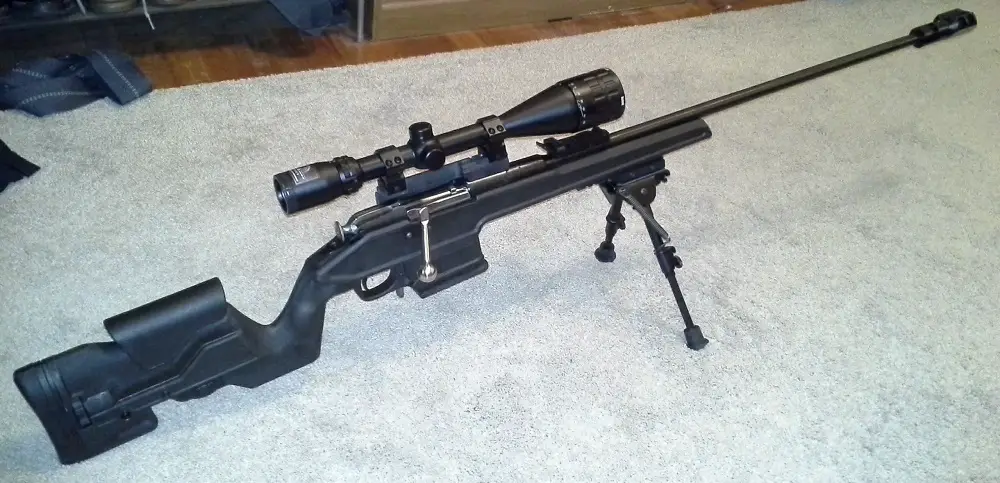Show Notes:
Finding a good place to hunt deer may be the single most important thing you can do to be successful, second only to being stealthy. For new hunters I recommend pursuing doe instead of bucks. The tactics are simpler, the chances of success are higher, and it is just an easier entry point. If you can take a buck, then great, but I would save that pursuit until after you get your feet wet if you are able. In much of the country you can get a doe tag, and often doe season is less crowded, so the hunting is easier too.
Here are four approaches to scouting you can use to help you find a good place to get started.
Water – Find streams, lakes, pools, springs, or puddles that deer can drink from. Then walk those areas looking for sign, mainly footprints and droppings. When you find some density of deer tracks, you have identified a travel route or congregation point. That can give you clues about where to setup and start looking for vantage points.
Food – Deer like to graze in fields, on bushes, under oak trees, as well as under apple and other fruit and nut trees as well. Find areas that have food and search around them for sign.
Trails – If you are hiking and exploring an area you are likely to follow the paths of least resistance through the terrain, especially if it’s thick. Deer do the same thing. So as you are walking, regularly look down and you may be surprised how often you find yourself walking in the same place deer do.
Vantage Points – If you have limited options when it comes to hunting areas, you may have to start by looking for the best vantage points of where you could sit and safely take aim. If this is the case, then find the best vantage points available to you, and scout out your shooting lanes looking for sign. Then pick the best vantage point as your spot.

